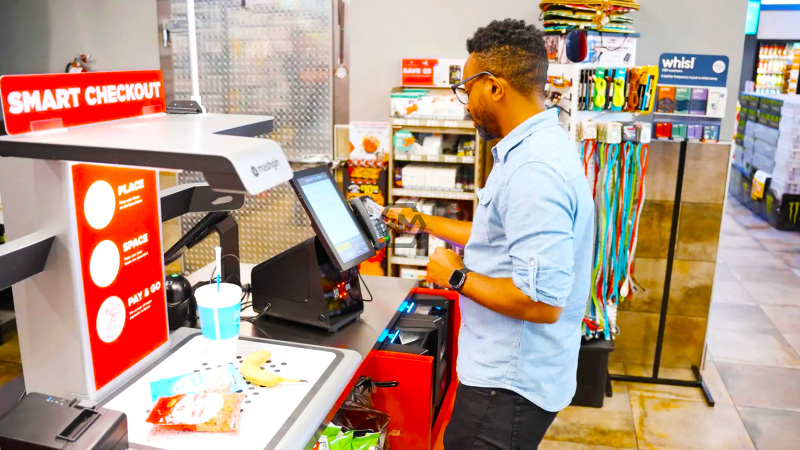- RFID technology tracks and identifies objects via radio waves.
- Customers can pay for goods without using a cashier or a conventional barcode scanner.
- Self-checkout enabled by RFID technology is revolutionary for the retail sector
Radio waves are used by RFID technology, also known as radio frequency identification, to identify and track items. Retailers are using RFID to improve customer experience, inventory management, and operational efficiency, and this is revolutionizing the sector.
Customers can pay for goods without using a cashier or a conventional barcode scanner thanks to RFID-powered self-checkout devices. This technology provides sustainability, accuracy, security, and ease of use.
Next self-checkout method
Amazon Go convenience stores facilitate a “just walk out” buying experience by utilizing computer vision, RFID, and artificial intelligence. RFID tags are now used by Zara in its apparel products to enhance customer service and inventory control.
In addition to scanning RFID tags and taking a variety of payment methods, self-checkout kiosks offer recommendations for related goods and accessories based on a customer’s purchasing history and preferences.
To do away with hard tags, Inditex, the parent company of Zara, is introducing new in-store security technology, which will be available in all Zara locations globally by 2024.
Walmart is developing a new checkout system where customers scan their purchases with portable devices or smartphones, and the RFID scanners track the items and bags of those customers. By integrating RFID chips into price tags and computing the entire amount automatically, Uniqlo employs technology to enhance its checkout procedure.
RFID technology, however, presents ethical and privacy issues because it may be used to transmit and keep private data without the knowledge or approval of users.
Thus, self-checkout enabled by RFID technology is revolutionary for the retail sector, benefiting consumers as well as merchants. While enhancing accuracy, security, and sustainability for merchants, it speeds up, simplifies, and enhances the purchasing experience for consumers.



